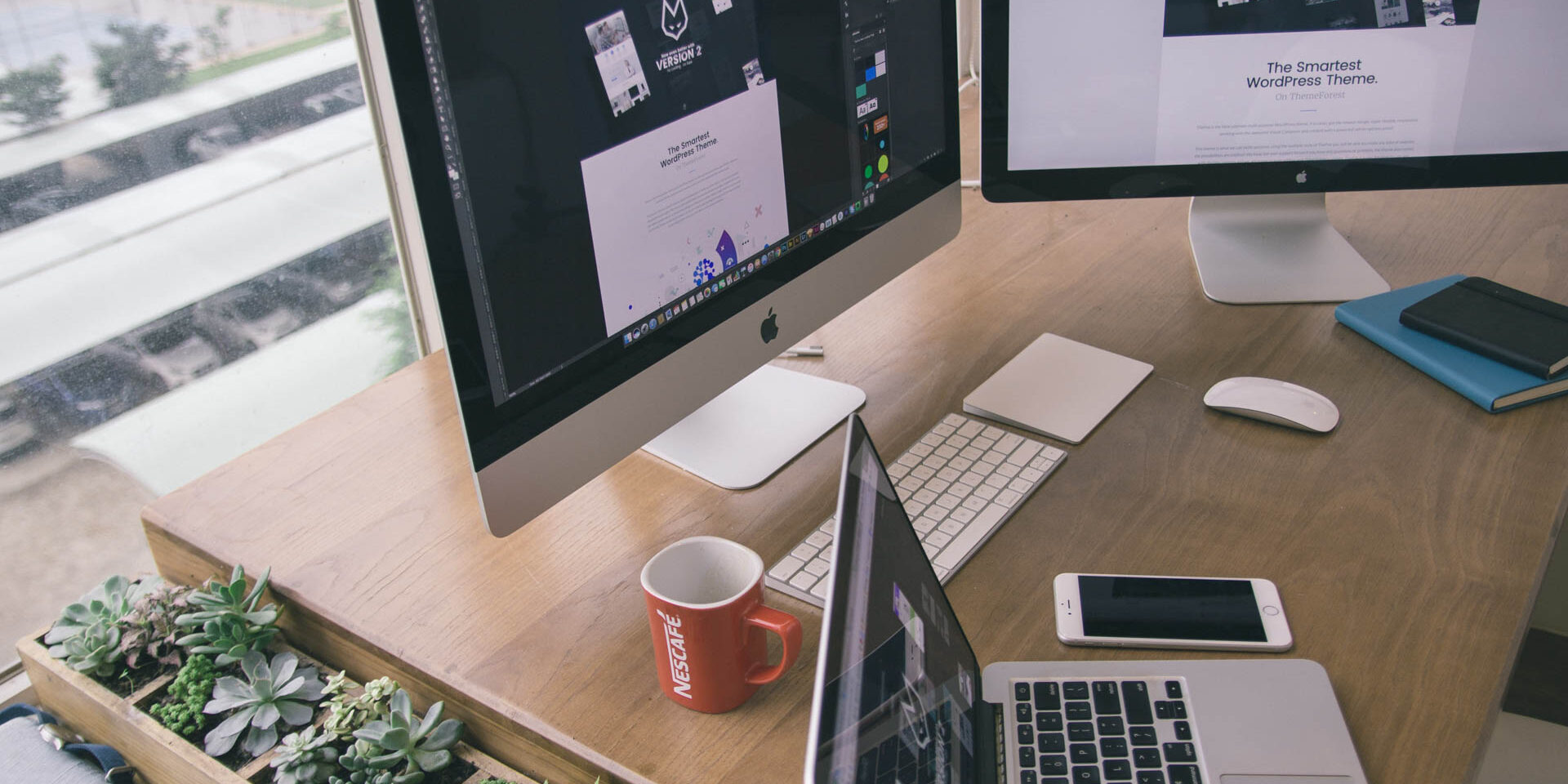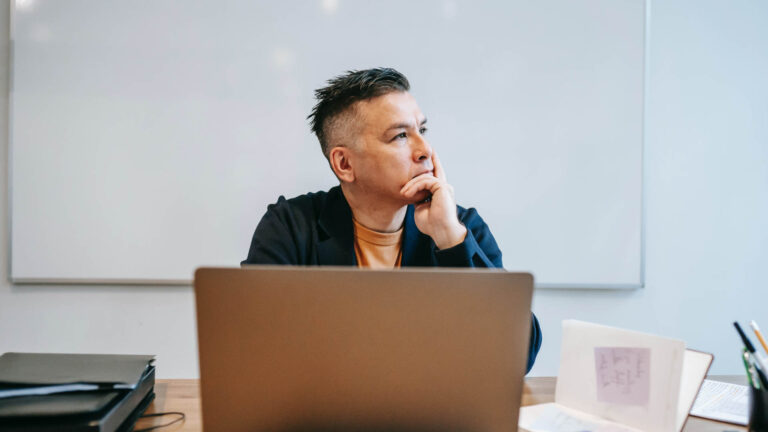As a freelance artist, you have creative skills that set you apart from other professionals in the workforce. However, to showcase these skills, you need a well-crafted resume that communicates your expertise, experience, and achievements.
Explanation of what a freelance artist resume is
A freelance artist resume is a document that presents your skills, experience, and accomplishments to potential clients or employers. It outlines your qualifications and highlights your artistic abilities, including your expertise in specific mediums, styles or techniques.
Importance of a well-crafted resume
A well-crafted freelance artist resume helps you stand out from the competition by demonstrating your abilities, experience, and achievements. It showcases your work in a visually appealing way, helping potential clients or employers understand the scope of your artistic capabilities.
Whether you are looking for new clients, freelance projects, or full-time employment, a strong resume can help you land your dream job or project.
Overview of the article’s structure and purpose
This article aims to help freelance artists create strong resumes that showcase their skills and experience. It provides examples of effective resume designs and content tips, along with best practices for organizing your resume and showcasing your work.
The article is structured into several sections, each focusing on a specific aspect of resume creation, including:
- Resume design best practices
- How to showcase your artistic skills and experience
- Tips for highlighting your achievements and accomplishments
- Crafting a compelling artist statement
- Examples of effective freelance artist resumes
This article is designed to provide valuable insights and actionable tips to help freelance artists create exceptional resumes that get noticed by potential clients or employers. Whether you’re just starting your career or looking to refresh your resume, this article will give you the guidance you need to succeed.
Freelance Artist Resume Basics
As a freelance artist, your resume is your ticket to the next gig. Therefore, it is crucial to put your best foot forward and ensure that your resume stands out from the crowd. Here are the basics of what you need to include:
Importance of selecting the right resume format
Choosing the right resume format can make all the difference in getting hired. Your resume should look professional and polished, so it’s important to select a format that best showcases your skills and experience. Consider whether a chronological or functional format would work best for you.
How to choose the right resume structure
Once you’ve determined the right format, structure your resume by including a summary statement, experience section, education section, and additional skills section. Be sure to highlight your most impressive accomplishments and tailor your resume to the specific job you’re applying for.
What to include in your resume
Your resume should be a detailed account of your qualifications, skills, and experience. Be sure to include your contact information, a summary statement, relevant work experience, education, skills, and any other relevant information that showcases why you’re the best candidate for the job.
Importance of personal branding in your resume
Personal branding is the art of communicating who you are, what you do, and why you’re the best candidate for the job. It’s essential to craft a personal brand that resonates with your target audience and sets you apart from the competition.
Tips on creating an irresistible freelance artist resume
Here are a few tips to help you create an irresistible freelance artist resume:
- Highlight your most impressive accomplishments and showcase your creativity.
- Tailor your resume to the specific job you’re applying for.
- Use keywords and language from the job posting to help your resume get through applicant tracking systems.
- Provide links to your online portfolio or social media accounts.
- Focus on results and quantifiable metrics that demonstrate your impact.
By following these tips, you’ll be well on your way to creating a winning freelance artist resume that lands you your next gig.
Key Elements of a Freelance Artist Resume
Your freelance artist resume serves as your first impression to potential clients or employers. It should showcase your skills, experiences, and achievements relevant to your desired role. Here are the key elements you should consider including in your freelance artist resume:
Header and Contact Information
The header should be at the top of your resume and include your full name, job title or desired position, and contact information such as phone number, email address, and website/portfolio link. Make sure that your email address is professional and easy to identify.
Professional Summary or Objective
This section should summarize your career goals, skills, and experiences. For a freelance artist, you can highlight your niche, style, and notable achievements in a few sentences.
Work Experience Section
List your relevant work experiences, including freelance or contract works. Start with your most recent or current experience and include job title, company name, duration, and key accomplishments. Use bullet points to clearly show what you did and achieved in each job.
Education and Certifications
Include your academic achievements, relevant courses or certificates, and training programs that showcase your skills.
Technical Skills
This section often highlights the software, tools, or equipment that you have mastered or proficiently use. It can be anything from Photoshop, Wacom tablets, to Adobe Creative Suite. Make sure to list only skills that are relevant to your target position.
Soft Skills
Soft skills refer to your personality traits, work ethic, and collaboration abilities. Often overlooked, soft skills in creatives like problem-solving, time management, communication, and attention to detail are equally important when applying for freelance work.
Portfolio
A freelance artist’s portfolio is the ultimate showcase of your skills and creativity. It should be easy to navigate and visually appealing. Include your best works that represent your niche and artistic style. You can provide a link to your website or attach a PDF version of your work samples.
Remember that your freelance artist resume should be tailored to the job you’re applying to. Highlighting your most relevant skills and experiences can increase your chances of getting hired. Don’t forget to proofread and edit your work before submitting it. Good luck!
How to Tailor your Freelance Artist Resume
When it comes to applying for freelance artist jobs, your resume is your first impression. That’s why it’s crucial to tailor your resume to match the specific job requirements that you’re applying for. Here are some tips to help you make your resume stand out:
1. Tailor your resume to match the specific job requirements
Carefully read through the job posting and make a list of the required skills and experience. Think about how your past work experience and skillset aligns with the job responsibilities. Incorporate relevant keywords from the job posting into your resume to show that you have the specific qualifications the employer is looking for.
2. Tips for making your resume stand out
Make sure that your resume has a clean and professional layout. Use bullet points to make it easy to read and highlight the most important information. Customize your resume to fit the position you’re applying for by including relevant work experience and skills at the top of your resume. Consider adding a summary statement that showcases your most impressive skills and experience.
3. How to highlight relevant skills and experience
When describing your previous work experience, focus on the skills that are most relevant to the job you’re applying for. Use action verbs like “created” or “managed” to demonstrate your achievements. Use real-world examples to illustrate your skills, and quantify your accomplishments whenever possible. Finally, highlight any training or certifications you have that are relevant to the job.
By tailoring your resume to the specific job requirements, highlighting your relevant skills and experience, and making your resume stand out, you’ll increase your chances of landing your dream freelance artist job.
Dos and Don’ts of Writing a Freelance Artist Resume
As an experienced freelancer, you understand the importance of a well-crafted resume. But with the rise of creative industries, the competition for jobs in the art world is fierce. To stand out from the crowd, you need to ensure that your resume is not only clear and concise, but also visually appealing.
In this section, we’ll look at some common mistakes to avoid, share tips for a clean and organized resume, and provide strategies to make your resume visually appealing.
Common Mistakes to Avoid
Before we dive into the dos and don’ts of crafting a great freelance artist resume, let’s first look at some common mistakes that you should avoid. These mistakes could prevent you from getting hired, so it’s important to be aware of them.
Spelling and grammar errors: Nothing turns off a potential employer faster than a resume riddled with spelling and grammar errors. Make sure to thoroughly proofread before submitting your resume.
Formatting issues: Avoid using unprofessional fonts, colors, and layout. And be consistent with your formatting throughout your resume.
Not tailoring your resume: Always tailor your resume to the particular job or client you’re applying to. This shows that you’ve done your research and are serious about their specific needs.
Tips for a Clean and Organized Resume
Now that we’ve covered some mistakes to avoid, let’s discuss some tips for a clean and organized resume. These tips will ensure that your resume is easy to read and understand.
Keep it simple: Use a clear and easy-to-read font, such as Arial or Times New Roman. And use bullet points and short paragraphs to break up text.
Include relevant skills and experience: Make sure to highlight any qualifications that are relevant to the job or client you’re applying for. Start with a summary statement at the top of your resume that highlights your most important skills and expertise.
Be concise: Your resume should be no longer than two pages. Focus on your most impressive achievements and leave out any irrelevant information.
Strategies for Making Your Resume Visually Appealing
Finally, let’s look at some strategies for making your resume visually appealing. This is especially important for artists who rely on their portfolios to secure work.
Use images and color: Incorporate images and color into your resume design to showcase your artistic abilities. Just make sure that the design doesn’t overwhelm the content.
Think about the overall design: Your resume should have a consistent look and feel. Pick a design aesthetic and stick to it throughout your resume.
Include your portfolio: You should always include a link to your online portfolio or attach a PDF version of it. This will allow potential clients to see your best work.
When it comes to crafting a great freelance artist resume, there are many factors to consider.
Example Freelance Artist Resumes
One of the best ways to learn how to create an effective freelance artist resume is to review sample resumes. In this section, we will take a look at several resumes for different types of freelance artists and analyze what makes them effective.
1. Graphic Designer Resume
This resume for a freelance graphic designer stands out because of its eye-catching design and clear presentation of key information. The designer has included their contact information, skills, and relevant work experience in separate sections, making it easy for potential clients to quickly understand their qualifications.
2. Writer Resume
This freelance writer’s resume shows the use of strong action verbs and specific descriptions of their achievements. They highlight their experience and expertise in different areas of writing, such as copywriting and content creation. By using a clear and concise writing style, this resume effectively communicates the writer’s qualifications to potential clients.
3. Photographer Resume
The resume of a freelance photographer includes a strong portfolio section that showcases their work in different styles and settings. They also highlight their relevant skills, such as photo editing and lighting, and list their equipment. By presenting their work in a visually appealing manner, this resume effectively conveys the photographer’s talent and professionalism to potential clients.
4. Illustrator Resume
This freelance illustrator’s resume stands out thanks to its visual elements that reflect their creative style. The resume includes relevant information such as their education and experience, but also shows their work samples and skills in a unique and engaging way. By effectively showcasing their artistic flair and technical skills, this illustrator’s resume is sure to capture the attention of potential clients.
Each of these examples of freelance artist resumes offers unique strengths that help effectively showcase the artist’s skills and experience. By reviewing these resumes and analyzing what makes them successful, freelance artists can gain valuable insights and ideas for creating effective resumes that will help them stand out in the competitive world of freelance work.
Best Practices for Freelance Artist Resumes
When it comes to creating a freelance artist resume, there are several best practices to consider. Not only should your resume highlight your skills and experience, but it should also be optimized with keywords, and thoroughly proofread and edited. Here are three key areas to focus on when creating your freelance artist resume:
Strategies for Showcasing Your Unique Skills and Experience
As an artist, it’s important to showcase your unique talents and skills in your resume. Be sure to highlight any relevant experience, such as freelance work or projects you’ve completed for clients. If you specialize in a particular area, such as illustration or graphic design, make sure to emphasize your expertise in that area. Additionally, be sure to include a portfolio of your work, either as a separate attachment or as a link within your resume.
Tips for Incorporating Keywords in Your Resume
Many companies and clients use automated systems to scan resumes for keywords. As a result, it’s important to optimize your resume with relevant keywords that will make you stand out as a qualified candidate. Use industry-specific terms and phrases, and include any specific software or tools you’re proficient in. Don’t overuse keywords, however, as this can make your resume seem robotic and unappealing to human readers.
Importance of Proofreading and Editing Your Resume
A resume full of typos and grammatical errors can quickly turn off potential clients and employers. It’s important to thoroughly proofread and edit your resume, ideally with the help of a friend or editor. Make sure your formatting is consistent and easy to read, and double-check that all information is accurate and up-to-date. Remember, your resume is often the first impression you make on clients and employers, so it’s important to make it a good one.
Creating a strong freelance artist resume requires careful attention to detail and a focus on highlighting your unique skills and experience. Incorporating relevant keywords can help your resume stand out, while proofreading and editing are crucial to making a positive first impression. By following these best practices, you can create a resume that effectively showcases your abilities and helps you land your next freelance gig.
How to Leverage Your Freelance Artist Resume
Congratulations! You’ve built a strong freelance artist resume that showcases your skills and experiences. But it’s not all about having a great resume. Here are some strategies that you can use to maximize your chances of landing your dream job:
Strategies for Networking and Job Searching
Networking is an important aspect of any job search. In the creative industry, it’s essential to connect with other artists, designers, and creatives to increase your visibility and get yourself noticed. Look for industry events, trade shows, and conferences to attend. Don’t be afraid to introduce yourself and exchange business cards with others in your field.
Another strategy is to join artist networks and online communities like Behance, Dribbble, and Etsy. These platforms allow you to showcase your skills, get feedback from other artists, and make connections with potential employers.
Importance of Following Up with Potential Employers
One of the biggest mistakes that freelancers make is failing to follow up with potential employers. When you apply for a job, it’s essential to send a follow-up email or call within a few days to show your interest and enthusiasm for the position. Be persistent but not pushy, and always be professional in your communications.
Tips for Creating a Strong Online Presence as a Freelance Artist
Having a strong online presence is essential for freelance artists. It’s essential to create an online portfolio to showcase your best work. Consider using platforms like Squarespace or Wix to create a professional-looking website that shows off your abilities as an artist.
Social media is also an essential tool for promoting your work and expanding your reach. Instagram, Twitter, and Facebook are all great platforms to showcase your work and connect with other artists and potential clients. Make sure you post regularly and engage with your followers to build a strong following.
Investing time and effort into networking, following up with potential employers, and creating a strong online presence are all essential strategies for leveraging your freelance artist resume. Don’t forget to keep your resume updated, stay on top of industry trends, and always be willing to learn and grow as an artist. Good luck!



